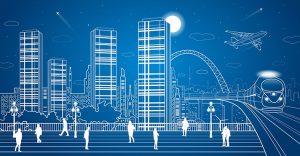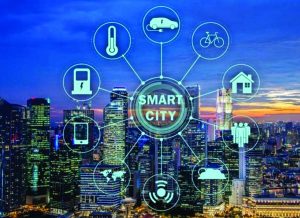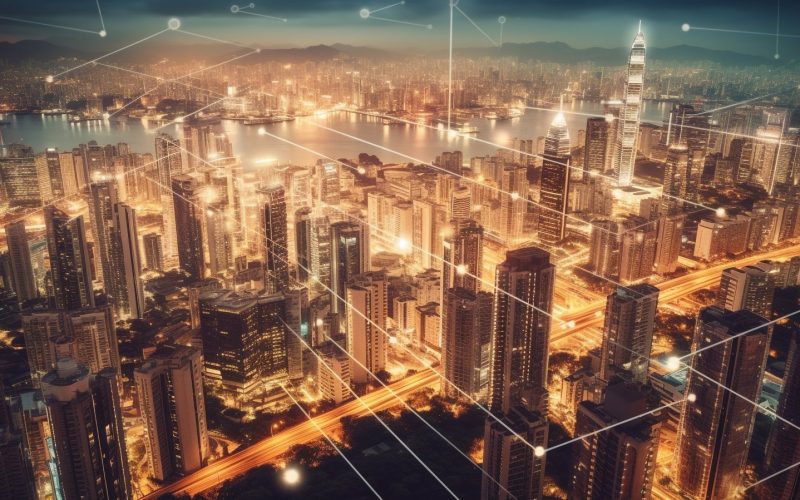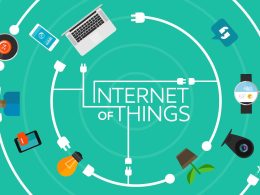Cities are buzzing hubs of activity, home to more than half of the world’s population. But as urbanization accelerates, so do challenges like traffic congestion, pollution, and strained infrastructure. Enter smart cities—a groundbreaking approach to urban development powered by technology and data. But what exactly makes a city “smart,” and how can these innovations improve day-to-day life?
This post explores the rise of smart cities, their impact on urban living, and the challenges faced in their implementation. We’ll also highlight opportunities for communities to engage in shaping the cities of tomorrow.
What Are Smart Cities, and Why Are They Important?

At their core, smart cities integrate technology and data analytics to make urban areas more efficient, sustainable, and livable. By leveraging the Internet of Things (IoT), artificial intelligence (AI), and other advanced technologies, smart cities collect and use information to enhance services—such as waste management, transportation, and energy use.
Why Do We Need Smart Cities?
Urbanization is a double-edged sword. While it fosters economic growth and diversity, it also intensifies infrastructure demands. Smart cities tackle these complexities by:
- Reducing energy waste and carbon emissions
- Improving urban mobility and public transit
- Optimizing resource allocation (like water and electricity)
- Enhancing public safety and citizen health
By addressing these challenges, smart cities help modern urban environments thrive, both for residents and the planet.
How Do Smart City Innovations Impact Daily Urban Life?
For everyday citizens, smart city technologies create tangible benefits that go far beyond flashy surfaces. Here’s how they’re transforming key aspects of urban living.
Smarter Transportation
Traffic jams—an urban dweller’s nightmare—can become a thing of the past. Smart cities implement AI-powered traffic lights that adapt in real-time based on vehicle flow. Systems like these reduce unnecessary delays, helping to curb emissions and improve air quality.
- Barcelona, for instance, uses smart parking sensors to show drivers exactly where free spaces are, halving the average time spent looking for a spot.
Healthier Living Conditions
Air and noise pollution continue to plague urban areas. Smart cities employ sensors to monitor pollution levels and alert citizens in real time. Innovations like air-purifying street designs or IoT-enabled green spaces improve public health.
Efficient Waste Management
Managing waste in densely populated urban centers is challenging. Smart waste bins, fitted with sensors, alert collection services when they reach capacity, optimizing collection routes and reducing overflow.
Example: Seoul, South Korea, uses a smart waste monitoring system that reduced garbage truck trips by roughly 30%.
Inclusive Public Services
Smart technologies also make city services more inclusive. Real-time translation devices, for example, help non-native speakers better engage with public transport or healthcare systems.
Case Studies of Successful Smart Cities Around the Globe
Across the world, some cities are already redefining “urban life” through cutting-edge smart initiatives. Let’s look at three trailblazing examples.
1. Singapore
Singapore leads the pack with its Smart Nation Initiative, linking IoT devices across sectors. From autonomous buses to healthcare monitoring apps for elderly citizens, Singapore exemplifies how governments can drive wide-scale adoption.
2. Copenhagen
Consistently ranked as one of the world’s greenest cities, Copenhagen uses smart streetlighting that adjusts brightness based on foot traffic. Wind energy powers much of the city’s infrastructure.
3. Dubai
The Smart Dubai Initiative aims to make Dubai the “happiest city on Earth.” Autonomous police patrol vehicles and blockchain-powered governance are just two hallmarks of this tech-savvy metropolis.
The Role of Technology in Shaping Urban Living
From machine learning to 5G networks, technology is playing a pivotal role in shaping future cities. Here are a few trends making waves:
- IoT Devices Collect city-wide data, from traffic patterns to energy consumption.
- AI Algorithms Analyze massive datasets to improve urban planning.
- Smart Grids Optimize electricity, reducing peak-hour stress and integrating renewable energy.
Highlight: Imagine charging electric vehicles wirelessly while stuck in traffic—an emerging possibility thanks to breakthroughs in wireless charging.
Challenges in Implementing Smart Cities

No great innovation comes without hurdles, and smart cities face their share of challenges.
Infrastructure Upgrades
Many cities are built on outdated infrastructure, making upgrades costly and time-consuming.
Privacy and Data Security
Reliance on data collection raises concerns about surveillance and cybersecurity. How do we ensure a balance between convenience and privacy?
Economic Disparities
The cost of smart technology can marginalize disadvantaged communities, leading to unequal service distribution.
Trust in Technology
Getting buy-in from citizens is essential. Among the general population, concerns around surveillance and government misuse often result in skepticism.
Opportunities for Community Engagement
Smart city initiatives thrive when citizens actively participate in their development. Here’s how communities can play a role:
Crowdsourced Urban Planning
Apps like FixMyStreet allow residents to report potholes or public nuisances directly to municipal authorities, ensuring faster action.
Citizen Science
Programs that encourage residents to monitor air quality or traffic patterns contribute valuable data for city improvement.
Hackathons and Open Data
Hosting public challenges or providing access to city data empowers developers to build citizen-centric solutions, deepening public involvement.
Building Toward the Future of Urban Life
Smart cities blend innovation, technology, and community engagement to redefine urban living. They enable cleaner, greener, and more equitable spaces where convenience and efficiency become the norm.
Are we ready to fully transition to such smart environments? The path may be filled with hurdles, but it’s one worth taking to ensure cities of the future can support the needs of growing populations. By adopting inclusive approaches and prioritizing citizen participation, urban planners and governments can create cities that are not only smart but also humane and sustainable.
Whether you’re a tech enthusiast, city planner, or urban dweller, your role in shaping this transformation is pivotal. The future of urban living is being written today—will you be a part of it?










